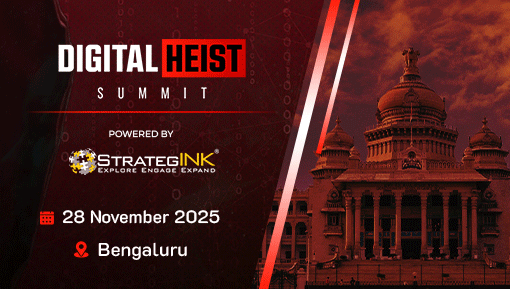
Introduction
As industrial systems become increasingly interconnected, cyber threats targeting operational technology (OT) are growing in sophistication. One of the most alarming attack scenarios is a remote-control hijack, where hackers gain unauthorized access to industrial control systems (ICS) and override production parameters. The result? Potentially catastrophic safety hazards, financial losses, and reputational damage.
Scenario & Impact
Imagine this: You’re a CISO overseeing a large manufacturing plant. One day, alarms suddenly go off. The temperature in a chemical mixing tank spikes dangerously, machines power on without warning, and operators are locked out of manual controls. The plant is in chaos.
This malicious production override can have devastating consequences:
- Excessive heat and pressure in chemical tanks, increasing the risk of explosions.
- Unauthorized machine startups, creating life-threatening working conditions.
- Manual control lockout, preventing engineers from stopping production.
From a business standpoint, such an incident means that production downtime, financial loss, regulatory scrutiny, and long-term reputational harm. On the technical front, it exposes critical vulnerabilities such as weak remote access controls, poor network segmentation, and lack of a real-time threat detection. Most importantly, this is not just a cybersecurity issue—it is a physical safety crisis.
Incident Response: Minimizing the Damage
A successful incident response hinges on rapid detection, containment, and mitigation. Here’s what must happen immediately:
Immediate Action
- Isolate compromised systems: Disconnect affected ICS components to prevent escalation.
- Trigger emergency shutdowns: If fail-safe mechanisms exist, activate them to neutralize threats.
- Engage the Incident Response Team (IRT): Ensure security teams, engineers, and leadership collaborate in real time.
Roles & Responsibilities
- Operations Team: Monitors real-time alerts, initiates emergency shutdowns, and communicates with frontline staff.
- Cybersecurity Team: Analyses attack vectors, revokes unauthorized access, and deploys countermeasures.
- Executive Leadership: Aligns internal teams, informs regulatory authorities, and strategizes next steps.
- Legal & Compliance: Ensures adherence to reporting obligations and facilitates post-incident documentation.
Communication Strategy
- Internal Alerts: Inform plant personnel immediately to prevent further risks.
- External Reporting: Notify regulatory bodies and stakeholders transparently.
- Public Relations Management: Control media narratives to prevent misinformation and reputational damage.
Remediation & Long-Term Prevention
Root Cause Analysis
- Investigate how the attacker gained access.
- Identify security gaps in remote access controls and network segmentation.
- Analyse system logs for indicators of compromise.
Recovery & System Hardening
- Restore control to authorized engineers and revalidate security policies.
- Assess all affected hardware, software, and operational protocols.
- Conduct post-incident debriefs to refine response strategies.
Preventive Measures
- Implement Zero Trust Architecture: Verify every access request before granting permissions.
- Enforce Multi-Factor Authentication (MFA): Strengthen remote access controls.
- Segment Networks: Ensure ICS and IT networks remain isolated to minimize attack surfaces.
- Conduct Routine Security Audits: Identify and address vulnerabilities before they are exploited.
- Train Employees on Cyber Hygiene: Empower staff to recognize and report suspicious activity.
- Simulate Incident Response Drills: Regularly test emergency protocols to enhance readiness.
Conclusion
The reality of industrial cybersecurity is that threats are evolving faster than defences. A malicious remote hijack is not just a theoretical scenario—it is a very real risk with the potential to halt production, endanger lives, and cripple business operations. As CISOs, our






